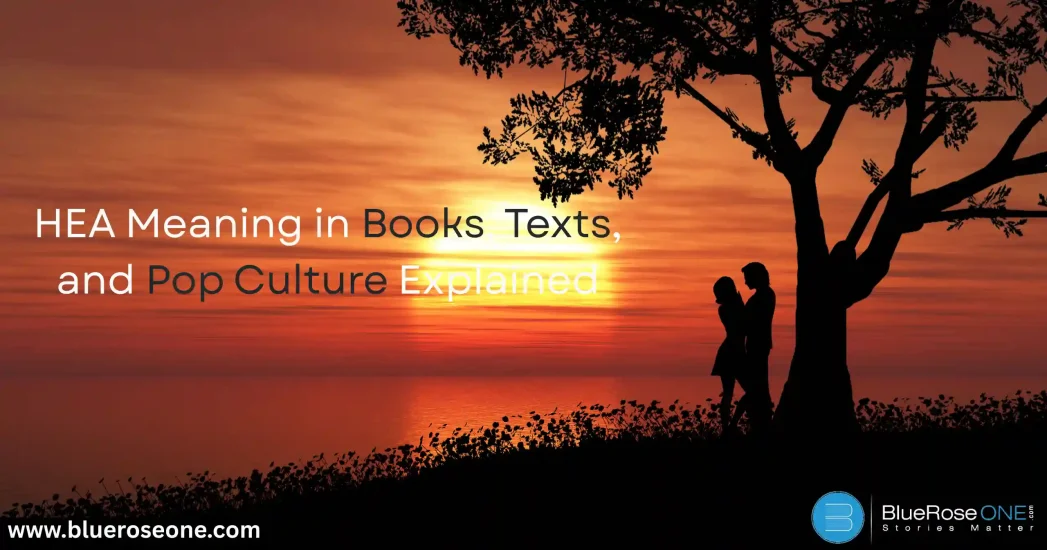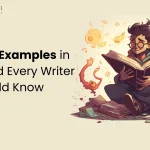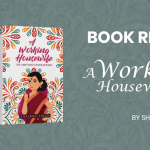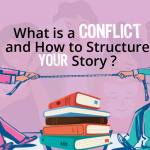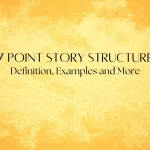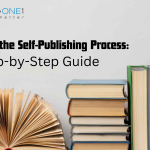HEA Meaning
HEA stands for “Happily Ever After.” You’ve probably seen it at the end of a fairy tale or a romance novel. It’s that satisfying moment where the couple kisses, the music swells, and the curtain falls everything wraps up with a bow. But in modern storytelling, HEA has become more than just a cliché. It’s a genre-defining concept, especially in romance.
HEA vs. HFN – What’s the Difference?
If HEA is the fairy-tale castle, HFN (Happy For Now) is more like a comfy Airbnb. It’s cozy, promising, but not guaranteed forever. Romance purists often distinguish the two HEA means marriage, babies, and riding off into the sunset, while HFN just gives characters a break from the chaos. Both are valid, but HEA has that timeless appeal.
The Origins of HEA in Literature
Fairy Tales and Classic Romance
The concept of “happily ever after” (HEA) finds its roots in fairy tales and classic romance literature, where love conquers all and justice prevails. Stories like Cinderella, Sleeping Beauty, and Beauty and the Beast cemented the HEA formula, offering readers emotional closure and moral reassurance.
These tales shaped cultural expectations of romance, portraying enduring love as the ultimate reward for virtue and perseverance. HEA became synonymous with emotional fulfillment, influencing countless genres from historical romance to modern fiction.
The Influence of the Romance Genre
The romance genre has played a pivotal role in shaping the modern concept of HEA “happily ever after.” Rooted in fairy tales and classic love stories, romance literature consistently emphasizes emotional fulfillment and resolution, where protagonists overcome obstacles to find lasting love.
This genre’s popularity, especially since the 18th and 19th centuries, has reinforced the cultural expectation that love stories should end on a hopeful note, embedding HEA as a core narrative element in both literature and pop culture.
HEA in Texting and Online Chats
How HEA is Used in Digital Conversations
In digital communications, the term HEA (short for Happily Ever After) is frequently used to signify emotional closure or naive optimism. HEA, which is commonly used in talks among fans of romance literature, movies, or series, expresses the wish or confirmation that a story finishes on a happy, fulfilling note.
It’s also used casually in texting to joke about desirable life outcomes or to celebrate a particular victory for example, saying, “Got the job! “HEA moment!” infusing cheerful hope into ordinary interactions.
Examples of HEA in Context
- “That show gave me the HEA I needed after a rough week.”
- “No spoilers, but is there a HEA in the end?”
It’s shorthand for emotional investment and payoff.
HEA in Pop Culture and Media
Romantic Movies with Classic HEAs
Romantic movies have long celebrated the “happily ever after” (HEA) trope, offering audiences emotional closure and enduring hope. Classics like Pride and Prejudice (2005), The Notebook (2004), and Pretty Woman (1990) epitomize this with couples overcoming obstacles to find lasting love.
These films reinforce the cultural desire for idealized romance, where love triumphs against all odds. Their HEAs continue to resonate, shaping viewer expectations and cementing the trope’s place in pop culture storytelling.
TV Shows That Delivered the Perfect HEA
Several television episodes have expertly provided the ideal Happily Ever After (HEA), leaving fans with emotionally rewarding endings. Parks and Recreation closes with glimpses of each character’s happy future, but Friends concludes with Monica and Chandler starting a family and Ross and Rachel reuniting.
The Office provides a poignant conclusion as the characters discover love, purpose, and peace. These programs demonstrate how a well-crafted HEA may have a long-term impact and improve the storytelling experience in pop culture.
You may also like: 150 Useful Tone Words to Describe Tone | Explanation with Examples
The Psychology Behind HEA
The Feel-Good Effect
The “Feel-Good Effect” describes the emotional gratification that readers feel when a tale ends with a Happily Ever After (HEA). Psychologically, this is linked to our brain’s reward system: when narratives conclude on a positive note, dopamine levels rise, resulting in a sensation of happiness and closure.
HEAs also provide a sense of emotional comfort and regularity, which mitigates the uncertainties of real life. According to scientists, this effect reduces stress and boosts optimism by reinforcing the sense that love, justice, and success are possible. As a result, readers are more likely to feel elevated, soothed, and even hopeful after reading a HEA narrative.
Closure and Emotional Satisfaction
A Happily Ever After (HEA) ending is appealing mostly because it provides closure and emotional fulfillment. In terms of psychology, HEAs offer a sense of closure that reflects our intense need for security and hope. The adventures of characters evoke strong emotions in readers, and a satisfying ending provides a cathartic release that eases any residual tension or worry.
This emotional reward strengthens optimism and may even be used as a means of emotional healing or escape. Essentially, HEAs provide a reassuring assurance that, in spite of obstacles, things will work out.
Writing an HEA as an Author
Tips to Craft a Meaningful HEA
- Earn it, don’t force it.
- Let your characters grow.
- Tie up emotional arcs, not just plot points.
A strong HEA feels authentic, not cheesy.
Avoiding Clichés While Ending on a High Note
While writing a Happily Ever After (HEA), authors frequently fall into conventional tropes, such as unexpected proposals or last-minute reconciliations, which might feel uninspired. To avoid clichés, allow the characters’ emotional journeys to shape the conclusion naturally.
Rather than demanding a cookie-cutter happy ending, prioritize earned resolutions that demonstrate progress, healing, and authenticity. A high note does not have to imply perfection; rather, it should convey hope, satisfaction, and a sense of completion that is consistent with the story’s tone and character arcs.
Global Perspectives on HEAs
Western vs. Eastern Storytelling Styles
Western storytelling frequently stresses individualism, linear plots, and unambiguous resolves, which usually culminate in a “Happily Ever After” (HEA) that celebrates personal or romantic accomplishment. In contrast, Eastern storytelling, particularly in traditions such as Japanese, Chinese, and Indian literature, usually values cyclical storylines, moral ambiguity, and social harmony over personal success.
While Western HEAs emphasize closure and reward, Eastern stories may prioritize inner serenity, duty, or balance, occasionally eschewing unambiguous happy endings. These cultural differences influence various conceptions of what constitutes a satisfactory narrative resolution.
Cultural Impact of HEA Expectations
The cultural expectations of “Happily Ever After” (HEA) endings differ greatly throughout worldwide storytelling traditions. Western literature frequently idealizes HEAs, emphasizing optimism, love fulfillment, and moral resolve.
However, in many Eastern, African, and Latin American narratives, stories may have bittersweet or open-ended conclusions, expressing social values such as duty, sacrifice, or spiritual progress.
This cultural lens influences not just how readers view HEAs, but also how writers create them, blending local traditions with global market demands to achieve emotionally gratifying outcomes.
Are HEAs Losing Their Charm?
Rise of Open-Ended and Bittersweet Endings
In recent years, readers and audiences have increasingly gravitated toward open-ended and bittersweet conclusions, signaling a shift from traditional Happily Ever Afters (HEAs). These endings reflect the complexities of real life, where resolutions are rarely perfect or final.
Contemporary literature, indie films, and streaming series often embrace ambiguity or emotional compromise, allowing deeper emotional resonance and discussion. This trend suggests that modern audiences value authenticity and relatability over predictability, pushing creators to craft more nuanced, thought-provoking finales instead of neatly wrapped conclusions.
How Authors are Redefining Happily Ever After
Authors have started to question the conventional “happily ever after” (HEA) in recent years by giving romance and life-driven stories more realistic, nuanced endings. Instead of concluding with ideal marriages or everlasting bliss, many contemporary novels now emphasize self-love, healing, or personal development as fulfilling conclusions.
This change mirrors changing reader expectations, which place a higher priority on emotional nuance and authenticity than on fairy tale endings. Modern authors recognize that fulfillment doesn’t necessarily require a partner or a perfect ending and strive to emulate partnerships in real life.
Final thoughts
HEA isn’t just a fluffy phrase, it’s a storytelling pillar. Whether you crave it or question it, one thing’s for sure: it leaves a mark. From fairy tales to BookTok, from Jane Austen to modern romance, HEAs offer us something we all secretly hope for a little bit of forever.

